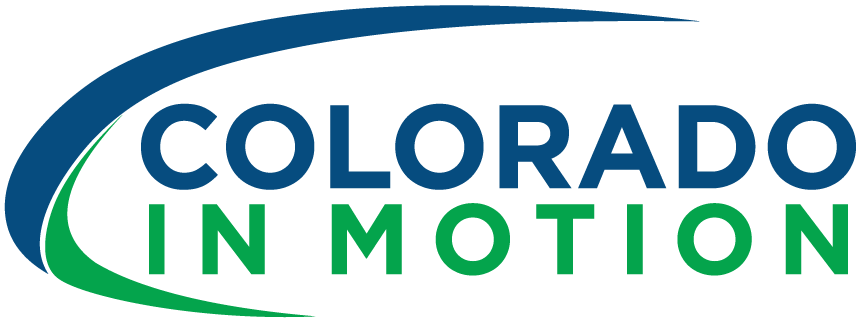When I ask my clients what leg strengthening exercises they do, most say squats, lunges, leg press, and sometimes deadlift, leg extension and leg curl. Rarely, do clients tell me they do any single leg exercises such as single leg squats and single leg deadlifts. If you do any sport that includes running, single leg exercises should be the foundation of your leg strengthening program. Running or making cuts on a field or court happen on one leg. Yet most people focus on strengthening both legs at the same time. Single leg weakness will decrease your sport performance and increase your chance of injury. Even if you don’t play sports, single leg strength is important for many activities as we age. These include stairs, stepping up and down curbs, and getting up off the floor. Training on one leg is a great core exercise as well and will improve your balance.
It’s especially helpful to perform single leg exercises barefoot and focus on pushing through the ground with your foot. Your foot has lots of muscles that need to be strengthened. Spending all day in shoes like most of us do tends to weaken those muscles. Additionally, you have lots of nerve receptors in your foot that are critical for maintaining your balance. These nerve receptors are especially important when dynamic balance is needed such as when trail running or doing any field or court sport that requires quick directional changes. You can train these nerves to respond quicker by doing barefoot exercises.
When doing any strengthening exercise don’t focus on how many reps you do or how much weight you lift. Concentrate more on using the muscles you are trying to target with the exercise. You can improve your strength dramatically by improving the connection from your brain to your muscles. It can help to think about doing “sets of 1 repetition”. When we think about having to do a set of 10 reps for example, the quality of the first several typically aren’t as good because we are focused on getting to 10. Instead, think about only doing 1 perfect rep at a time. You can have a target of 6-12 reps, but don’t be set on getting a specific number otherwise the quality of your reps will decrease as the exercise becomes more difficult. The number of reps and the amount of weight don’t matter. Your mental focus and the quality of every rep does!
The videos below show examples of how you can do the single leg squat and single leg deadlift. As the exercises become easier, add some resistance. This can include holding a dumbbell or kettlebell in one or both hands. If you don’t have weights you can wear a backpack or hold anything that will add enough resistance to make the exercise more difficult. While these exercises will improve your balance, the focus is on muscle strength and endurance. Add enough resistance so you are fatigued by the time you reach 6-12 repetitions. In addition, the single leg heel raise is a great exercise to strengthen your Achilles tendon and plantar fascia. It is especially important to keep these areas strong since they weaken with age and we are more vulnerable to injury. Doing these exercises twice per week will help keep you going strong!
Dr. Terry Gebhardt is a physical therapist and sports performance specialist at Colorado In Motion
If necessary allow foot to slide on floor or lightly touch down as needed to maintain balance
Push through your big toe. Slow and controlled. 6-12 reps. Add resistance by holding weight or wearing backpack.
